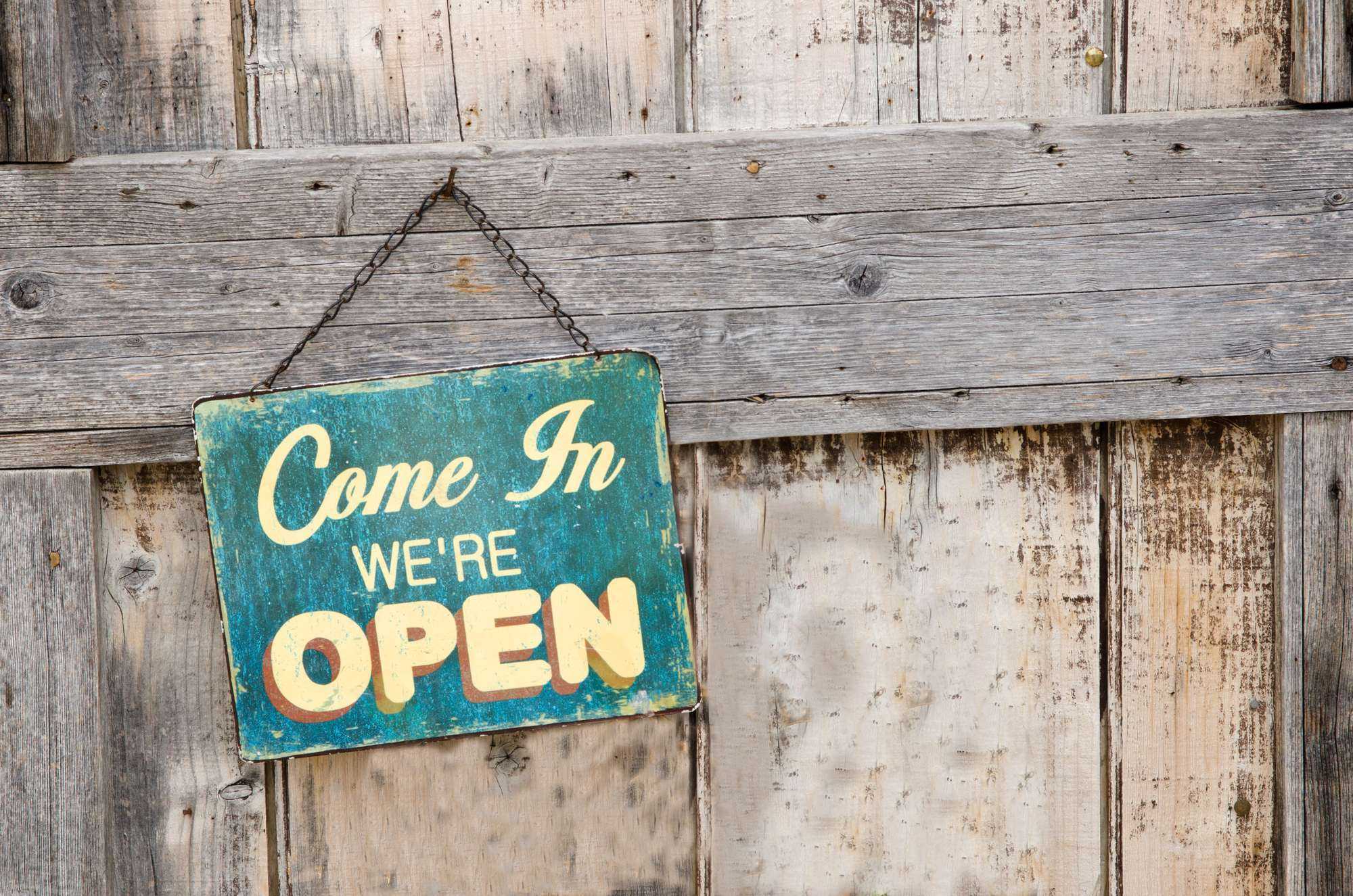BY LA SHAWNA GRIFFITH
On Friday, June 26th, Prime Minister of Barbados Mia Amor Mottley in her address to the nation declared Barbados COVID-19 free and announced the 166 square mile island will be receiving commercial flights from July 12th, 2020.
Thirty-five days since the island recorded its last case of COVID-19 on the island, Minister of Health and Wellness Jeffery Bostic, stated the last five patients who were being treated for the virus have been released.
Speaking to reporters at the press conference, which was live streamed on multiple social media channels, Bostic said all persons in quarantine at the Harrison Point facility have been discharged.
“The good news is that we are now on day 35 without any local transmission of
COVID- 19, and even better news is all persons who were in isolation have been discharged, so there are no confirmed cases that we are treating at our isolation facility in Harrison Point. Also, important is the fact that all persons who were repatriated on flights from the United States America, United Kingdom, and Canada have been discharged from quarantine and this is indeed good news.”
Prime Minister Mia Mottley told the reporters present that Barbados could no longer keep their borders closed indefinitely thus, they would be reopening the country to commercial travel.
“I dare say that in examining our handling of the pandemic to date, we have been able to keep our number of cases and deaths at a manageable level, while at the same time keeping you informed, taking care of the vulnerable, as well as providing a safety net for those of you out of work at the moment.”
Minister of Tourism and International Transport Kerrie Symmonds, further expounded on how the island will be accepting commercial passengers and the protocols which passengers would have to follow to be accepted onto the island.
Travellers from outside of the Caribbean would take a COVID-19, PCR Antigen Test 72 hours before they are scheduled to come to Barbados. The test will be accredited by the Ministry of Health and Wellness. All passengers from within the CARICOM member states will have to take a test one week before departure. Failure to have a test one week prior to departure would result in them having to undergo testing in Barbados when they arrive. A testing facility has been established at the Concorde Experience Museum to test the passengers who have failed to have a test done in their respective homelands.
Minister Symmonds also reported to the media present, that in order for the Government to facilitate large numbers of visitors, hotels on the island have been marked as satellite testing facilities. Since the announcement, the following hotels have been approved by Government for passengers who would like private accommodations. The hotels are: Hilton Hotel, Golden Sands Hotel, The Crane Hotel, Sugar Cane Club Hotel, and Worthing Court Apartment Hotel.
The first flight to enter Barbados is Air Canada, which will arrive at the Grantley Adams International Airport on July 12th, and will be arriving on the island twice weekly, followed by British Airways on July 18th. It will be commuting passengers to the island once a week. Jet Blue will be commuting passengers from the JFK airport four times a week, and Virgin Atlantic resumes August 1st to commute passengers to Barbados once a week. Caribbean Airlines is scheduled to come in mid-July. Cash strapped LIAT has been liquidized, and Antiguan Prime Minister Gaston Browne announced that LIAT will be liquidated and a new entity will be formed to facilitate interregional travel.
In an article posted by Barbados TODAY, Browne said six airlines have come forward offering to take over LIAT airlines:
- SVG Air and One Caribbean out of St. Vincent and the Grenadines
- Caribbean Airlines
- InterCaribbean which is operated out of the Turks and Caicos
- Silver, which is the USA operated airline
- Air Antilles, which is a French-based airline between Martinique, Guadeloupe and Paris.

